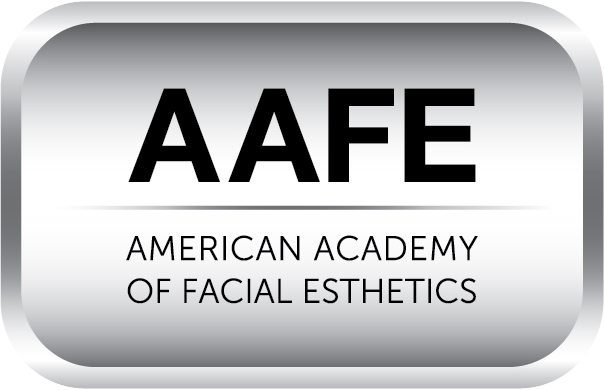 Are you considering Invisalign®? Read on to learn more. Metal braces used to be the gold standard for bite issues like overbites and underbites. Now, more than four million Americans are currently undergoing some form of orthodontic treatment, many of whom are turning to Invisalign as a discreet and effective approach to correcting dental misalignment (American Association of Orthodontists). Untreated bite issues can ruin the smile’s appearance and cause severe oral health issues. This treatment provides gentle bite correction and straightening of the tooth for a healthy, attractive smile
Are you considering Invisalign®? Read on to learn more. Metal braces used to be the gold standard for bite issues like overbites and underbites. Now, more than four million Americans are currently undergoing some form of orthodontic treatment, many of whom are turning to Invisalign as a discreet and effective approach to correcting dental misalignment (American Association of Orthodontists). Untreated bite issues can ruin the smile’s appearance and cause severe oral health issues. This treatment provides gentle bite correction and straightening of the tooth for a healthy, attractive smile
How Invisalign® addresses overbites and underbites
Overbite happens if the top front teeth overlap the lower front tooth too much. Underbite happens when the lower front teeth protrude past the upper front tooth. A small overlap of the teeth is normal, but too much of an overbite or underbite could cause problems with dental function. This may cause biting and chewing issues, speech problems, and uneven wear and tear on teeth. Both conditions may cause jaw pain and temporomandibular joint disorders if untreated.
Getting treatment
To begin the Invisalign process, the dentist will check out the patient's dental structure and create an individualized plan for treatment using advanced imaging methods. This individualized approach ensures the aligners are designed for the person's bite problems.
Invisalign aligners have specialized features to correct bite issues in more complicated bite misalignments:
- Precision Wings: These new additions, designed to correct overbites, push the lower jaw ahead to match the upper jaw.
- SmartForce Attachments: These tiny tooth-colored attachments anchor to several teeth, helping the aligners grip them better. it also contributes to shifting teeth and jaws into realignment.
- Interproximal Reduction: This technique involves removing a tiny amount of enamel between the teeth to allow movement. It is helpful in cases of tooth crowding and for fixing overbites or underbites.
Controlled, progressive tooth movement
Invisalign aligners move the teeth into the desired position by applying controlled pressure. Each set of aligners is worn for about two weeks before switching to the next set in the series. This methodical approach corrects bite issues for optimal dental hygiene and function.
Monitoring and adjustments
Routine check-ins with a general dentist are necessary to monitor improvement and make modifications to the treatment plan during the Invisalign treatment. This ongoing supervision ensures the aligners are correcting the bite problems and the patient is on track to attain their desired outcome.
Treatment duration
Clear aligners are almost invisible and quickly taken out for cleaning and eating. This contrasts with traditional braces which are tough to clean and sometimes require special diets.
Therapy duration for Invisalign is typically 12 to 24 months, depending on the individual patient's situation. Patients should aim to wear the aligners for 20 to 22 hours daily.
Ready for a straighter smile with Invisalign®?
Invisalign is a quick, discreet way to correct your underbites and overbites. With Invisalign, you still must brush your teeth regularly and use your aligners as directed. By correcting the misalignment, you reduce the risk of gum disease, cracked tooth, and TMJ problems. If you want to learn more about the treatment, contact our dental office to book an appointment.
Request an appointment or call Dr. Call Dental Center at 706-425-6240 for an appointment in our Dalton office.
Related Posts
Invisalign® is a teeth straightening treatment that uses a series of clear aligner trays. While Invisalign can complete the straightening process faster than other options, proper maintenance of these trays is essential to an effective, comfortable treatment. The good news is that proper maintenance is easy for patients to complete regularly.While the dental provider will…
Invisalign® is a modern teeth-straightening treatment that changes dental alignment by moving teeth with clear aligners. The process of getting this system is like that of getting traditional braces. Each step makes sure that you achieve a straighter, healthier smile. Here are the different parts of your Invisalign journey.This is the first step of getting…
Invisalign® is one of the most revolutionary orthodontic treatments available. This option serves as a clear, discreet way to correct dental misalignments. Invisalign aligners are customized to fit the teeth and are a lot less intrusive compared to conventional braces. The subtlety and convenience of Invisalign have made it a popular choice, particularly for adults…


